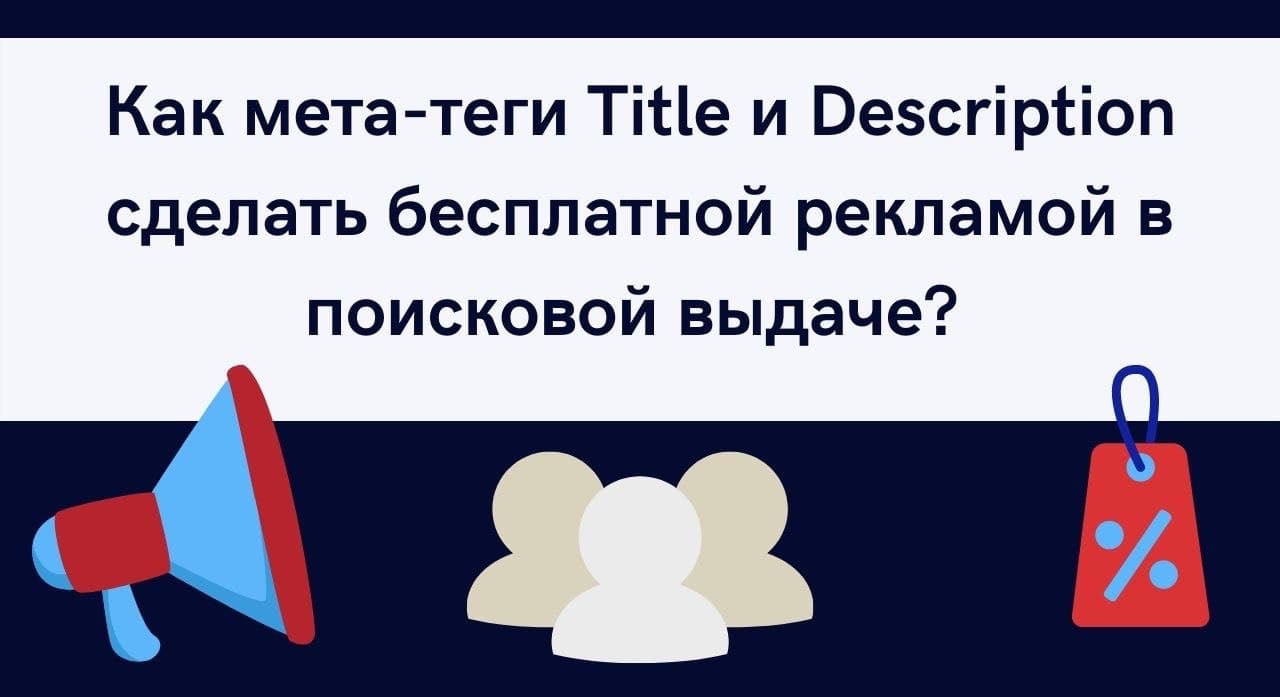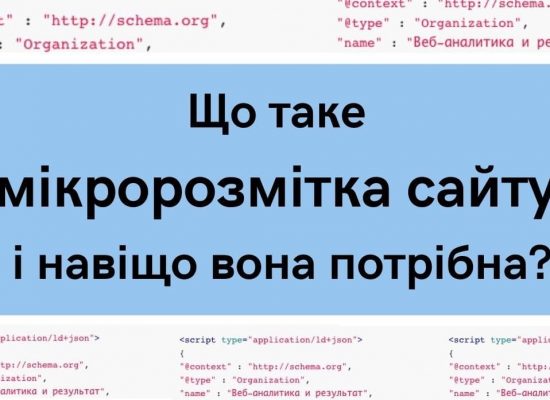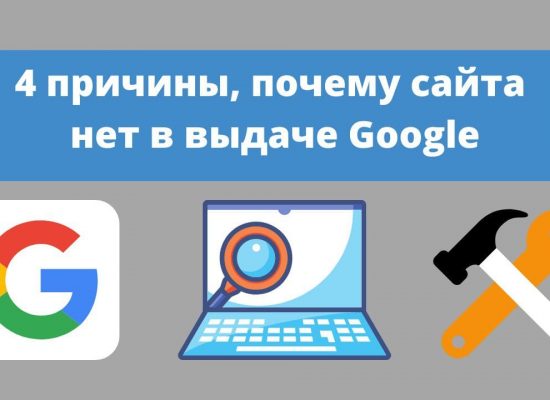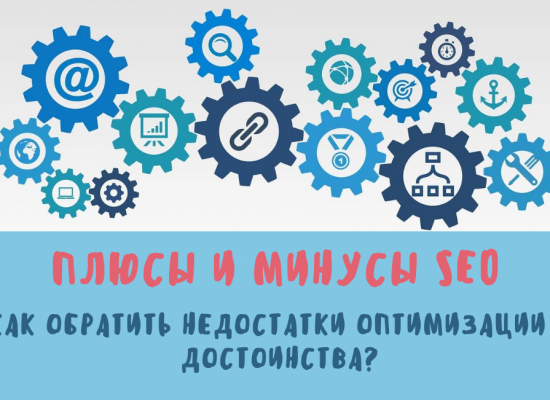Free website promotion in search results! We are talking about meta tags Title and Description - HTML codes. According to them, Google determines the subject of the page and places it in the search results. Users see the text of meta tags as title and announcement.
Title and Description are great ads
Users look for content that suits them in the search results by browsing the headlines. By compiling the Title, taking into account the needs and interests of the target audience, it will be possible to attract it.
According to the Description, users evaluate the content of the proposed results in Google. Description - the ability to convince them to click on the link.
Catching the right Title
The title is a landmark for the audience, displayed:
- in search results as a large blue link name;
- at the top of browser tabs and bookmarks;
- in links to external sites.
The reader is prompted to click by a specific wording that corresponds to his request. Therefore, when composing the text of the meta tag, they analyze what words the audience enters in the search. Title form, starting with thematic phrases. If you do not hook the user right away, he may not read to the point.
Reference: the text of meta tags is indicated in special blocks of website builders or in the "Snippet" section. The program translates it into code for algorithms. Users see text in search results.
Title is different from H1. When compiling it, take into account such recommendations Google:
- The title reflects the content of the page.
- The text does not exceed the recommended length of 60-70 characters, otherwise it is cut off "half a word".
- Template headlines will not work when only one word changes - “Winter jacket”, “Winter hat”, “Winter gloves”.
- Keywords are used sparingly. Incorrect: "Professional apartment renovation, apartment renovation in Odessa, apartment renovation inexpensively." That's right: "Professional renovation of an apartment in Odessa is inexpensive."
- Indicate the brand name in the Title for the main page or section "About Us". Its frequent use detracts from the content. In product page headers, the company name is placed at the end so that users can first see which product is being offered.
- For each page of the site, the versions use a unique Title so that the system distinguishes them from each other.
Sometimes it's worth experimenting with style and using a light clickbait sensational headline if the content really communicates to the reader what the title promises. They use numbers and words that reflect the value of information: “10 working secrets ...”, “A complete guide to ...”, “The main secret of successful ...”, etc. It is important to be careful here so as not to disappoint visitors. Google policy prohibits the use of sensational text that is misleading.
Description - advertising tool
If the Description meta tag is not specified, the system uses part of the text from the web page. The description is compiled independently in order to make a profitable offer to potential customers in a few lines, to interest and show why they should visit the page.
Add information useful to the audience to the Description:
- information about the availability of goods;
- the cost of services or products;
- message about the promotion and gift;
- key characteristics of the product;
- phone number for a free consultation;
- shop hours;
- the term of the work;
- call to action: “Call”, “Order a product and get a gift”, “Click here”, “Buy now with a discount”, etc.;
- description of additional services important to customers. For example, an apartment renovation company reports that cleaning of the premises after completion of work is provided.
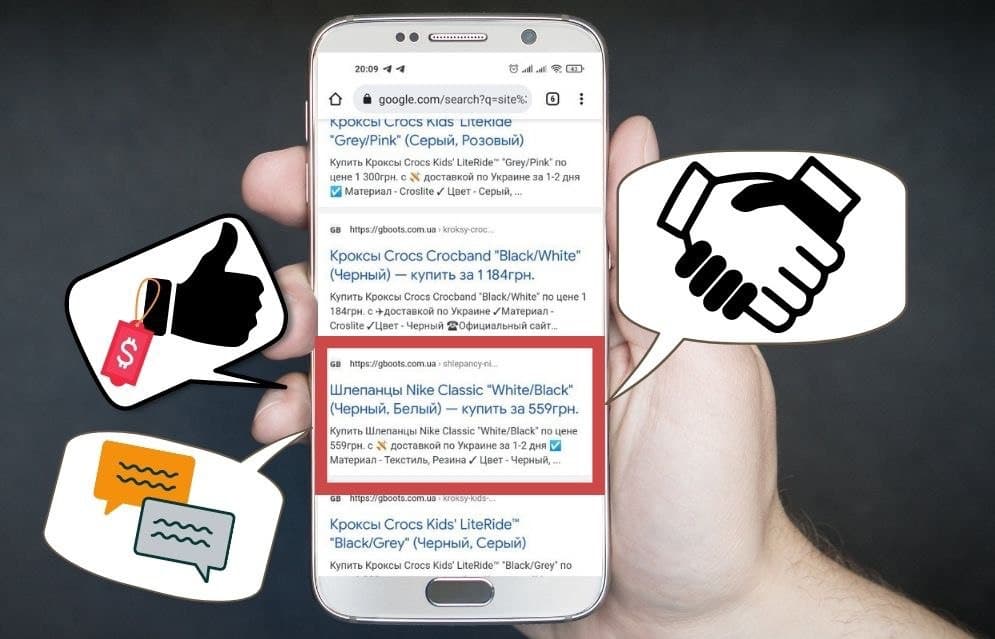
Advertising touches the senses and promises solutions to problems. The description focuses not on the pain of the audience, but on the pleasant and useful result of cooperation:
- “we will get you the model you are looking for…”;
- "you don't have to redo";
- “we will save you from routine work”;
- "You don't have to worry about...";
- “we will take care of your comfort”;
- “Landing will bring profit in 2 weeks”;
- “We will deliver the order in an hour”;
- “your sales will grow in a month”;
- “save your time”, etc.
The audience appreciates humor. Laconic rhyming statements about goods or services amuse and dispose:
- "Keep up - promote the site!";
- “Order a probiotic - please your tummy!”;
- “Buy a fitness watch and forget about scales!”;
- “If the site flies, it will not lose customers!”;
- "Click here quickly - your food is waiting for you!" and etc.
Emoticons and symbols are used to highlight the Title and Description in the search results. They are added to the title and description text, copied from emoji tables. They can be found on the Internet.
Description length from 140 to 160 characters, including spaces. If the text is larger, the excess is cut off by the system. Sometimes it is compiled according to the principle of a television series, so that the description ends at the most interesting. The user wants to know more and clicks. This option is suitable for a blog article or instruction. However, you should not often use a Description that exceeds the recommended length - this can negatively affect the rating.
A/B testing helps to determine which version of the Title and Description will bring more clicks on the link. Create 2 titles and descriptions. Use different wording, keywords and calls to action.
An attractive snippet increases the CTR of the page, which also affects the growth of positions and website promotion in search engines.
Attention: Google does not always use the specified meta tags!
What if the title in the SERP and the Title specified on the page do not match? When the system detects errors and inconsistencies in the meta tag, it replaces it with a variant based on the page content, link text, and other information.
On August 24, 2021, a Google blog reported that the SERP may not use the Title, but H1 or another piece of text. Automatic replacement most often occurs if:
- keyword spamming is allowed;
- the title is identical to the name of the site, a template phrase is used or "Untitled" is indicated;
- Title exceeds the allowed length. Then the system leaves its meaningful part, and not just cuts off extra characters.
However, in more than 80 % cases Google uses Title! If the headlines are meaningful and without errors, they will be in priority and become free advertising.
The system shows links to potential blog readers or online store customers. This is a chance to encourage them to take a targeted action, to evoke pleasant feelings and an emotional connection with the brand. Knowing your audience well, you will be able to choose the appropriate style and words.




